492 Views
Foam Embroidery Gives Raised Effect to Embroidery Designs

by
Alex Kutler
(IC: )
Foam embroidery is also known as 3D-Puff. It is same like embroidery with only one difference. The difference is of satin stitches.
Touching higher levels of creativity remains a challenge for the designers and the digitizers alike. In fact, it is true for people engaged in almost all creative pursuits. If you are a designer or closely involved with digitizing, you must be aware of the new 3D forms of embroidery or foam embroidery. This method brings out a three dimensional effect to your designs. As you incorporate this mode of designing, a piece not only looks more creative, but also displays more of an original look.
Enjoyed the project?
Published April 30th, 2024 12:46 AM



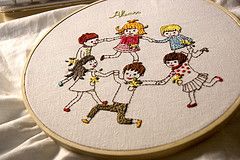
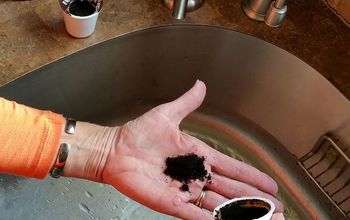
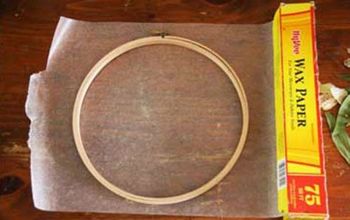






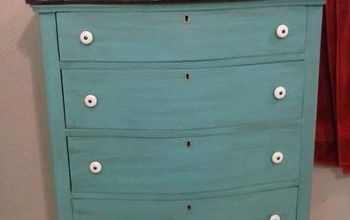


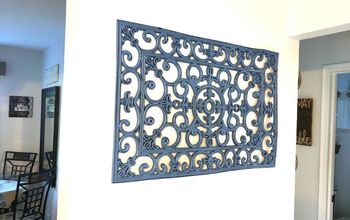








Frequently asked questions
Have a question about this project?